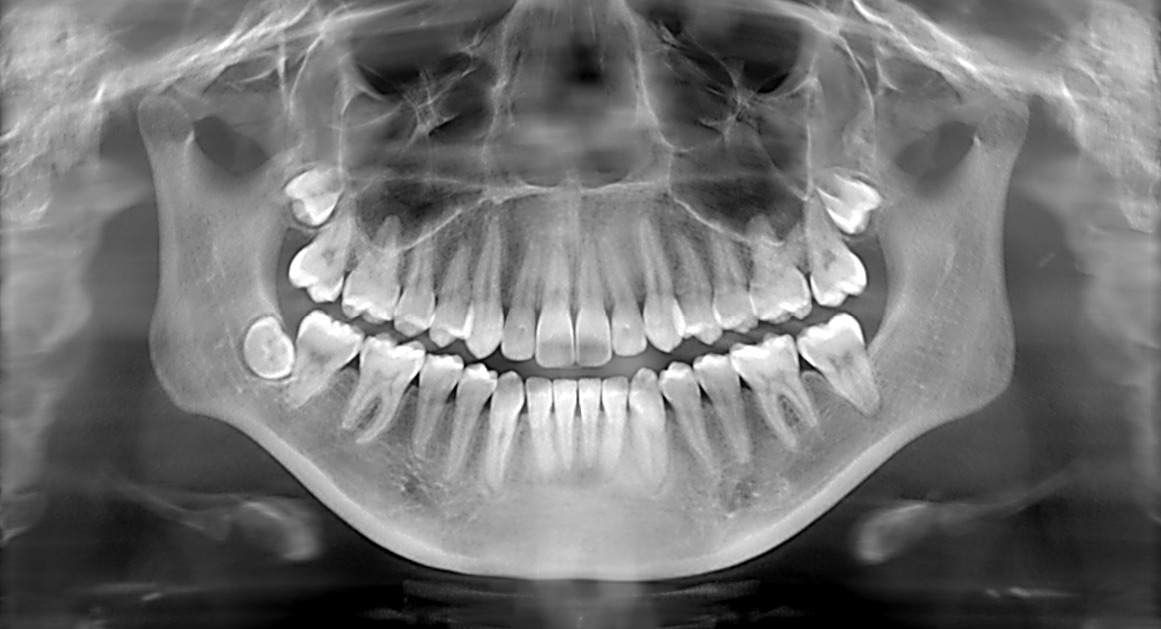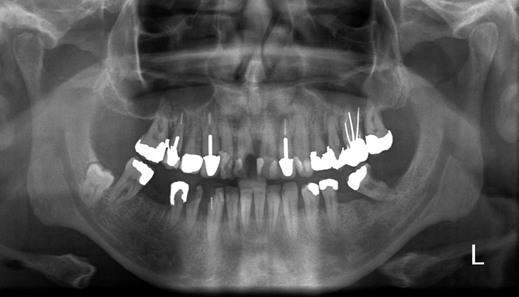

Size of dental panorama x ray film free#
As with all X-rays, the procedure is quick and painless.The objective of this study was to develop a new practical method to reconstruct a high-quality panoramic image in which radiographers would be free from the onerous task of correctly locating the patient's jaws within the image layer of the panoramic unit. Wondering if you’ll have X-rays at your upcoming appointment? Depending on factors like age, risk for disease, present oral health, and if you’re a new patient, X-rays may be part of your exam. Yes! According to the American Dental Association, dental X-ray exams are safe. According to MedlinePlus the amount of radiation you’re exposed to with these types of X-rays is much less than a traditional X-ray. It does have a higher radiation exposure and must be done in a radiologist's office or a hospital.ĭigital radiographs use a flat electronic pad or sensor that runs the images through a computer instead of X-ray film and provide the lowest level of radiation.

These pictures are used both for seeing tooth development and catching any emerging or impacted teeth and tumors. Panoramic X-rays: Used to show the entire mouth on a single image.Think of these X-rays like the “big picture” of oral health, they are used to see how everything comes together. This type of X-ray still shows the teeth but can also provide important information about the jaw and skull. Like the first part of the name suggests, extraoral X-rays are made with the film outside the mouth. Since this type is larger than most X-rays it’s often used to highlight tooth development and placement in children. Occlusal X-ray: This X-ray (also known as Palatal) shows the entire arch of teeth in either the top or bottom jaw.Periapical X-ray: Focusing on one or two teeth, a periapical radiograph shows the entire length of the tooth, from crown to root.The name comes from the wing-shaped device you bite down on while the X-ray is taken. Bitewing X-rays: These are done to help your dentist locate decay or cavities between back teeth and bicuspids (teeth in front of the molars) that would be hard to find otherwise.The different types of intraoral X-rays show different aspects of the teeth. These radiographs also give your dentist the ability to view tooth roots, check the health of the bone and even diagnose periodontal disease. Your dentist is looking for cavities and checking the status of developing teeth. Intraoral Radiographs are the most common type of dental X-rays you’ll encounter during a routine dental exam.
Size of dental panorama x ray film full#
There are many types of x-rays but they all fall into two categories: intraoral (inside the mouth) or extraoral (outside the mouth), helping your dentist create a full picture of your current, and future oral health. A valuable diagnostic tool, X-rays, also known as radiographs, make it possible for your dentist to discover and treat dental problems early. However, not everything your dentist wants to check for is visible during a regular dental exam. When your dentist looks inside your mouth, they can determine a lot about your oral health.


 0 kommentar(er)
0 kommentar(er)
